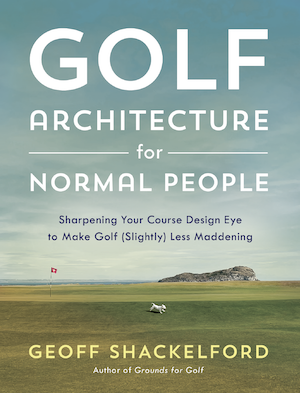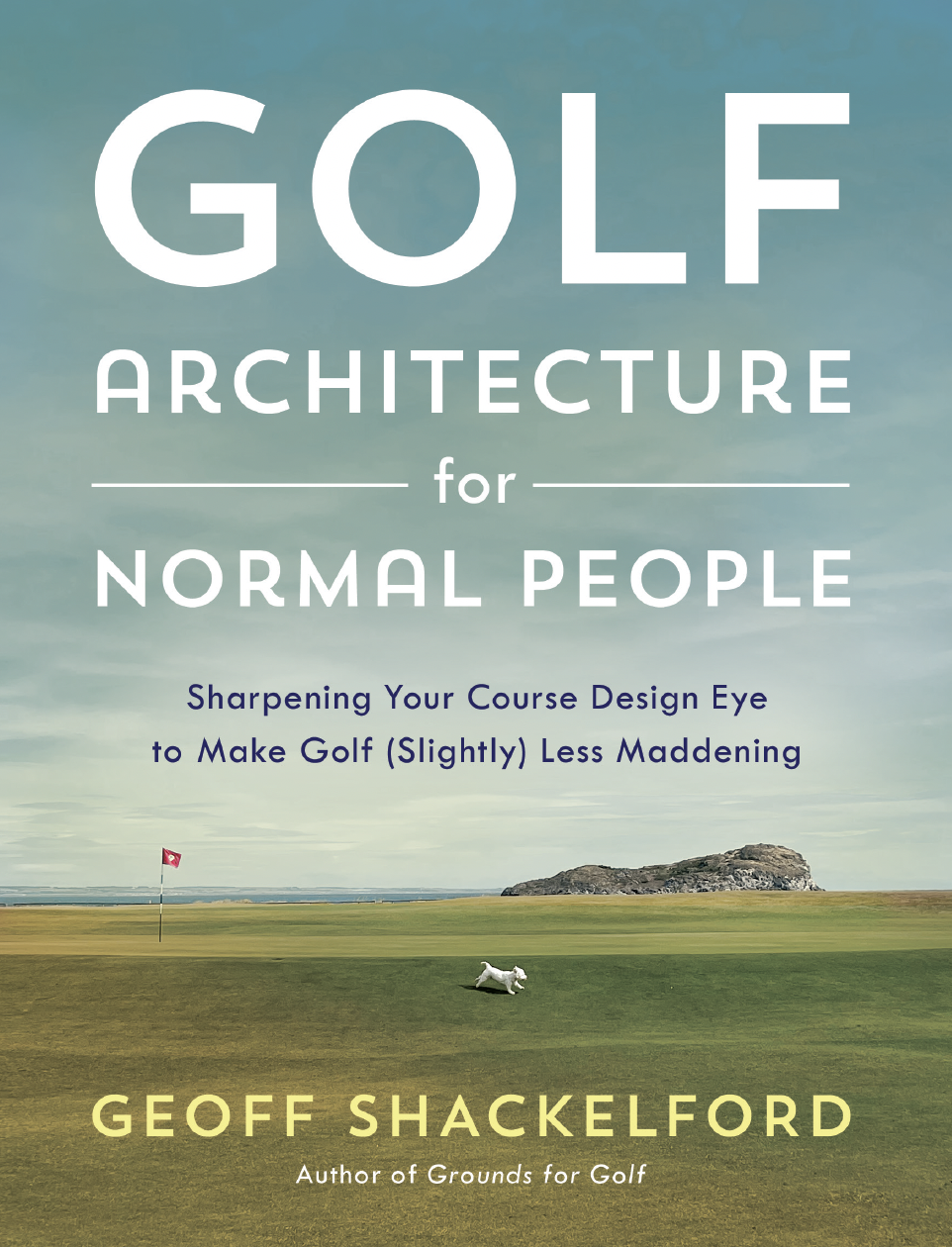"It's the chair off the Titanic"
/Jack's really, really excited about the the groove rule change impacting distance gains from the ball really good stretching programs. Plugging the President's Cup with Gary Player, he was asked about adjustable equipment.
JACK NICKLAUS: I need one every day anyway, so that's all right. I need an adjustable driver. You never know what swing I'm going to bring along. I don't think either one of them mean very much, but it's -- I guess it's a start, I suppose. But it's the chair off the Titanic, I guess (laughter).
Q. Jack, this is another regulatory question. I enjoyed your comments in Golf Digest with Jaime Diaz on many subjects, but the suggestion about rolling back the ball 10 percent, which I know both of you had advocated. Jack, where would most of the opposition to doing this actually come from? And the other question is for the average player, would they -- what would be the benefit, potential benefit, of doing that?
JACK NICKLAUS: Well, there's several things. We don't have time for all of it. But one, if you take the ball and roll it back, whatever the percentage might be, you really are bringing about 17,000 or 18,000 or 19,000 golf courses in the United States that are basically obsolete to the professional, you're bringing those back into play for a possible event or something where the professionals can go play.
If you have the average golfer, now has a golf ball that is so high tech and clubs that are so high tech that they may hit the ball on the face of the golf course maybe one out of ten shots, and when they hit one out of ten shots on the face, they say, wow, look how far that goes, and they love it. But the other nine shots, because it is so high tech when they miss it, it goes much shorter than it would have if they didn't have such a high tech piece of equipment or ball. So learning how to play golf -- part of this whole thing is to bring people in the game and keep them in the game. And if you have a golf ball that you don't know whether you're going to hit it on the face or not hit it on the face and there's 50 yards of difference between a good shot and a bad shot, it's hard to learn how to play golf.
This is fun...
Back when we were playing, granted, the ball didn't go as far, the clubs didn't hit it as far, but the difference between me and the club champion in most places was 15 or 20 yards at max. I could go to any course and play an exhibition, and I'll bet Gary can say the same, we'd go to play an exhibition and the club champ was playing, in the old conditions the club champ had a chance of beating us. Today, 7,400, 7,500 yards, 7,600, that the pros have to play it from to be competitive, the club champ has got no chance. I'd love to see the game be brought together for the average golfer and the pros together.
Ah...that makes a lot of sense Jack. We can't have that! Oh you weren't done...
Now, you say what's the advantage to the average golfer? Well, the average golfer, they have the ability to always move back on the golf course, the pros don't. Likewise, they have the ability to move up on a golf course, and so do the pros. If you're playing the average golfer at 6,500 yards and it's too long for them, they can move to 6,400 or 6,300 pretty easy. I just think making a game, playing it -- I sort of liken it to the small ball and the large ball 35 years ago, whatever it was, in Britain. They took the large ball and made a condition for competition and made it the same as a U.S. ball. And after about a year or so, they left the small ball and all the conditions that the small ball had for the average golfer.
Well, after about a year or so, they found that the college players, the junior golfers, the amateur golfers, anyone who wanted to play competition were playing the large ball, and the rest of the golfers were left out by playing a golf ball that was not the same. So they actually legislated -- I think the legislature came more from the average golfer than from the pros to bring the large ball for everybody. I would rather see the same thing here. If you decided -- if we only did it for the pros and made the conditions for competition, then all of a sudden I think that would be a step in one direction, and then all of a sudden the average golfer is always going to play to want what the pro plays.
It's going to be fun when one of the companies actually sells one of these balls at a Pine Valley or Merion and it just snowballs from there. I'd hate to be a shareholder in one of the companies that doesn't adjust!
Right now all they advertise on television is, "play what the pros play." Well, they can't play it. They just don't have the clubhead speed to play it. But if we brought everything back -- we could get everything back relatively the same. If you left the golf ball for the average golfer in conditions for competition, I think the average golfer in a year would ask for the other ball and the other condition. The whole point of that whole thing is to try to bring the average golfer or the good single-digit player and the pro closer so when they're watching it on television or they're watching the game that they feel like they're watching the same game that they might have a chance to play.
Q. Where does most of the opposition to doing that come from?
JACK NICKLAUS: Well, I wish I knew, really. I suppose there are probably -- I don't know. Could be ball manufacturers probably, but not -- I never really spoken to any ball manufacturer who has actually told me that they're against it. I've spoken to quite a few who are for it.
Hmmm...
Well, that's just a rally that needs to be killed...
Q. This question is for both you. With Tiger and Phil getting into the golf course design business, I wonder if you can tell me to what degree does being a great golfer help you become a great golf course designer?













